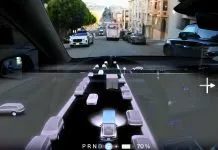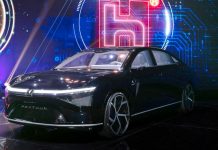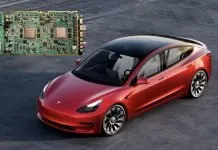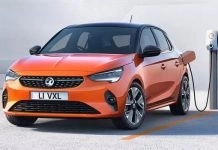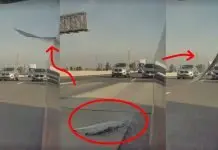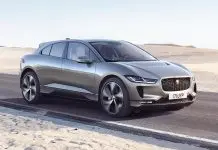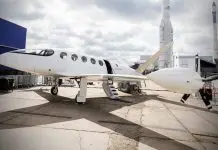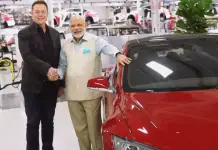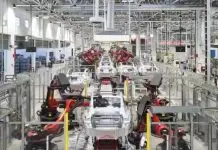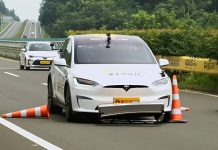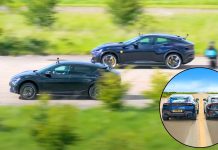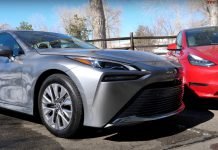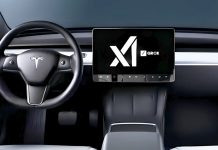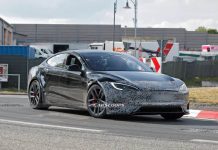Tesla is finally rolling out its long-anticipated supervised Robotaxi service in San Francisco, coming this Sunday, thus taking the next step in its efforts to mainstream autonomous vehicle technology. This rollout is conducted with a safety driver in the front seat, in line with California regulations, as well as to provide citizens with an idea of the future of urban mobility.
The new Tesla Robotaxi fleet will rely on a supervised model, where an experienced safety driver will be seated behind the steering wheel and will be able to control the vehicle, operate the brake pedal, and steer. This strategy is consistent with the state-prescribed measures for testing autonomous vehicles on public roads.
Although with the vehicles being mostly self-driving, the human driver will still assume an important role, which is to react to unforeseen situations promptly and act as an additional barrier to safety, since Tesla is still developing Full Self-Driving (FSD) technology.
As Tesla explains it, this launch is an important step toward statewide autonomy testing in California, and it sets the stage for autonomous operations that can one day be fully unsupervised after regulatory and technology milestones have been achieved.
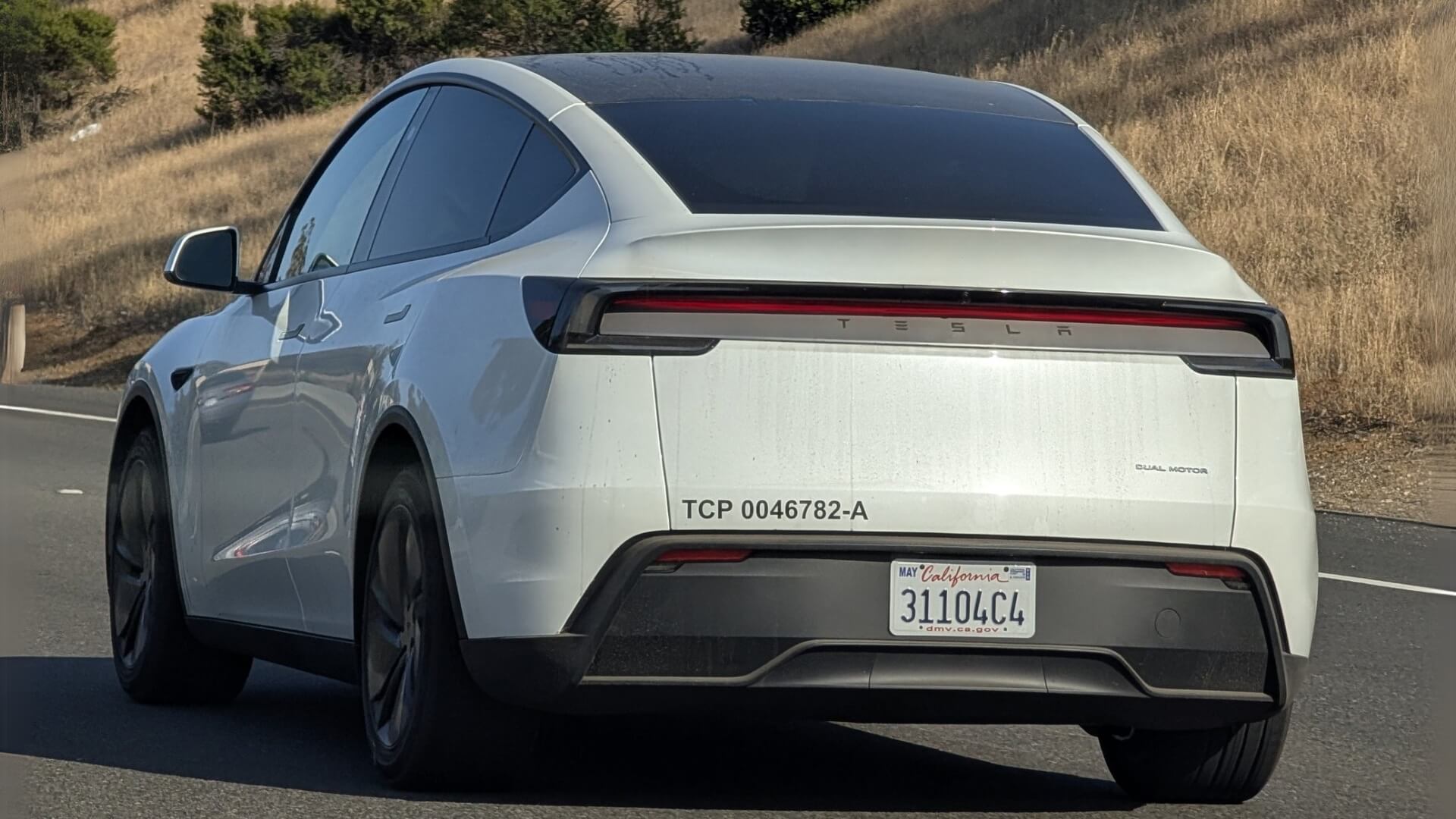
Real-World Testing in the Bay Area
With the launch of the service, Tesla Robotaxi test cars were seen charging at Supercharger parks in Walnut Creek, a suburb in the East Bay area, before the actual launch of the service. These have taken place to cause buzz on the side of residents and tech enthusiasts who are keen to see the emergence of autonomous vehicles become a norm in society.
The choice of San Francisco and its surroundings is not by accident. The heavily urban structure, random traffic patterns, and the complex road network make the city a perfect laboratory to test the systems of autonomous driving. The information that will be collected here will play a crucial role in perfecting the AI-enabled navigation of Tesla, in addition to safety guidelines.
How the Service Will Work
In this initial rollout, users will be able to request a ride in a Tesla Robotaxi via the Tesla app, just like any other available ride-sharing app that is currently used, such as Uber or Lyft. The key disparity is that the car will be doing most of the driving process, and the human overseer will be available in case of an emergency to take the helm.
Tesla has not announced the number of vehicles to be involved in this pilot program, or whether the service will be provided to common people or a few early testers. Reports indicate, however, that the introduction will be on a limited scale at first and that the program will then grow depending on measures regarding safety standards and responses by the regulating bodies.


